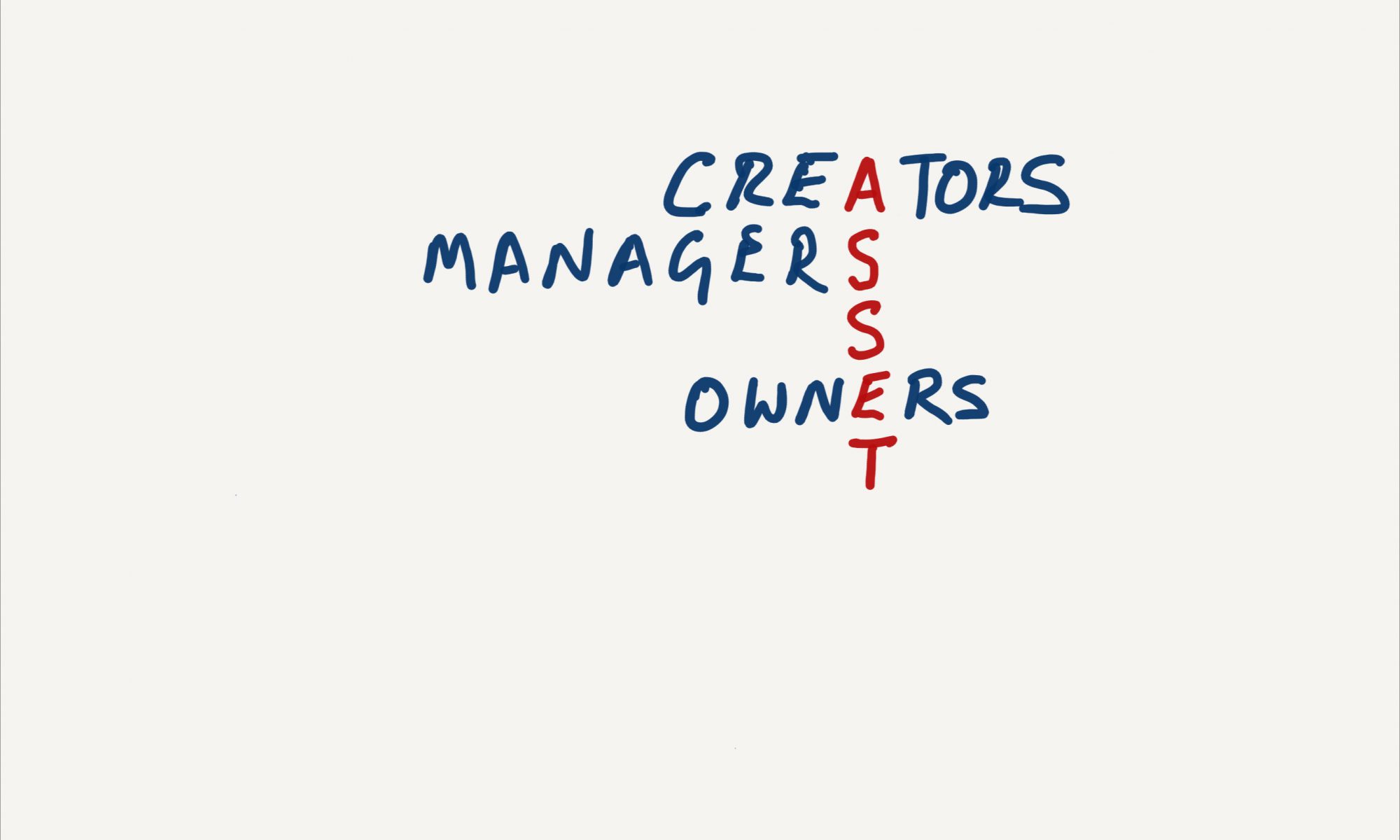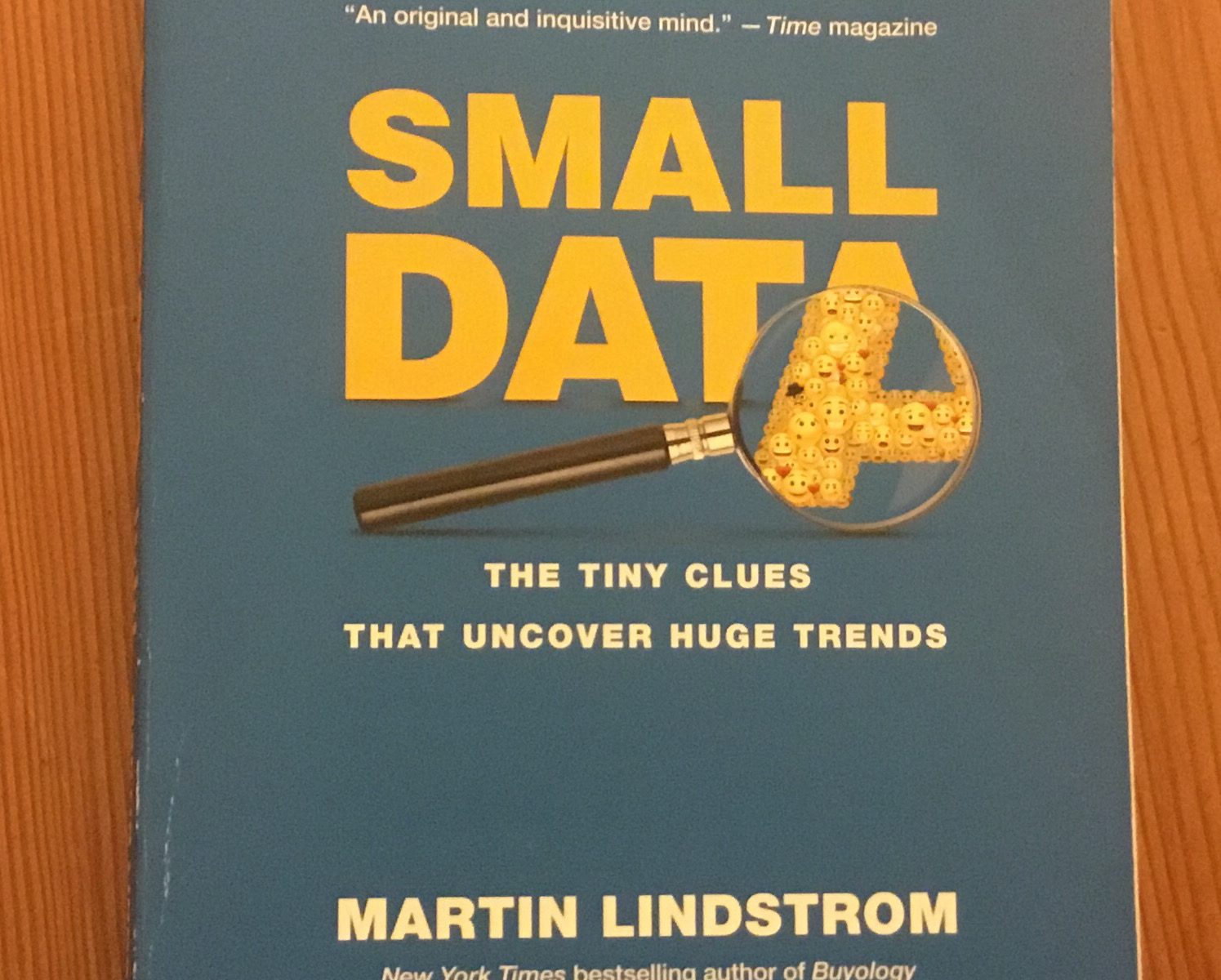It’s time for a new approach by industry, NGOs, governments and funders to tackle deforestation. For the last nine years the focus has been almost exclusively upon supply chain approaches, and a 2020 finishing line. And whilst good progress has been made, the nature of the challenge has changed. And the tyranny of targets is now creating unintended consequences.
Quantum Sustainability

The sustainability world used to be so simple. There were a few topics, such as climate, water, forests, oceans, and some commodities. They all operated in their own silos. If you wanted insights and guidance then WWF (in Europe) and Conservation International (in North America) could help. It was then just a case of getting the commitment of management to act, and the rest was easy. You could almost call that the classical theory of how to approach sustainability.
How many complex global sustainability challenges can the world tackle?
This question was front of mind earlier this year as my daughter received her masters degree. For her thesis she analysed the international climate change process from Copenhagen to Paris. She wanted to understand what changed between these two meetings that allowed the global community to move from complete failure to modest success. Then she related those insights to the efforts to get an effective implementation of the global compact on forced migration and the rights of refugees.
It’s an interesting comparison. There are many similarities between these two topics in terms of the challenges of getting an international agreement and action to tackle them*. Both climate and migration/refugees impact large numbers of countries; those being harder hit are usually not countries where the international media are based; there are different opinions on the subject, often not informed by facts; and there is the concept of “responsibility sharing”. The community addressing forced migration and refugees is passionate, determined, and morally and ethically right. But it’s struggling to get governments to put in place an effective legally binding instrument.
* Just to be clear I understand that the issues are somewhat conflated: climate change can drive migration, but there are very many causes of migration.
On climate change, scientists, the media and civil society, (comprising indigenous peoples, communities, citizens, personalities and NGOs) all played their part in keeping the issue front and centre. And yet progress really took off once roles, responsibilities and contributions were included not just from governments but from businesses, regions and cities. And it was the combination of voluntary pledges and legally binding agreements made up the package of measures that constituted the Paris Accord.
It’s a blueprint that could equally be applied to solving the refugee and migrants challenge, a conclusion reached in my daughter’s thesis. A summary blog can be found here.
Extreme lengths
In discussing this with my daughter, one thing struck me – the effort needed to change the circumstances that allowed the world to get from Copenhagen to Paris, and to get the agreement in place. It wasn’t just the meetings, the reports, the science. It was the constant attention. Everything became framed in terms of climate change. This went to extreme lengths when scientists even started blaming Arctic Ground Squirrels for contributing to climate change
Far be it from me to blame the Arctic Ground Squirrels, but the article does illustrate how climate change was the lens through which everything was framed. It still is, often to the detriment of other subjects.
No more than two or three
It made me wonder. If this is what is needed to get a global agreement to tackle a global problem, then how many other complex global sustainability challenges can the world tackle? It’s hard to imagine governments and stakeholders building up the same momentum as was needed for climate change, to tackle more than two or three global challenges.
“What about plastics?” I hear you say. It’s true that plastics became a global issue of public concern very very quickly. Like climate change it mobilised opinion across the world, not just in the west. And we are now seeing an impressive array of interventions from governments and companies across Africa, Asia, Europe and North America. Yet it hardly required much media or civil society pressure to get there.
I had some correspondence with Sam Vionnet recently about sustainability challenges. He remarked that only two things have ever changed our world – disasters (disruption) and social movements (linked to public opinion). I would add that both are needed together. Plastics fits this hypothesis well. The disaster of plastics is well illustrated by the multitude of photos and videos of plastics polluting the environment. And that’s before David Attenborough starts his voice over. We have yet to see a social movement, but public opinion is firmly against plastics. Aside from a few material scientists, I’ve yet to meet anyone who has a positive view of the stuff. OK, there was that cucumber…
So plastics had the perfect storm. Climate didn’t (pardon the pun). Neither does forced migration and refugees, how ever much outrage and injustice there may be on the issue.
We’d better choose wisely
Which highlights the phenomenon that was the climate change agreement. Clearly the constant wall-to-wall attention, and just the threat of disaster was enough to get the world to move. Climate change had not just a global reach with different cultures engaged in different types of activism but it focussed upon systems change. So far the responses to plastics are rather superficial (banning straws, plastic bags etc), but there are signs of more systemic responses. Whether these will go far enough in addressing the root cause of our linear society remains to be seen. This would require consumers to start making choices on a big scale – something that has not even happened with climate change.
So what chance is there of creating a similar unstoppable momentum to tackle some of the other complex challenges? And how much bandwidth does the public have? How many issues can rise up in the public consciousness to rival climate change and lead to global coordinated action?
I suspect only one or two more. So we probably need to choose them carefully.
I’d cast a vote for food systems. However, having learned a little about the topic I’d also suggest migration/refugees. Forced migration is perceived as quite a eurocentric problem. It has yet to break out and be recognised for the global issue it is. And the outrage is not there yet. Those working on it would do well to connect it to other issues to spread the understanding. Ironically (given my daughter’s thesis), at some point climate change will connect these issues all too well.
BlackRock, and Game Changers
There has been a lot of excitement in the sustainability world recently following the BlackRock annual letter to CEOs. One website even claimed it as “momentous”. Now Vanguard and other asset managers are also getting in on the act. The question is whether these missives to company CEOs are game changing signs for sustainability, or just talk.
ESG? No, its Time to Become Activist Investors
About 20% of all assets are now managed using some form of ESG principles. You wouldn’t know it though.
According to the Economist there were 70 activist campaigns in Europe last year. It feels like there will be more this year. The impact upon the progress of more sustainable business practices is notable.
ESG to the Rescue?
Meanwhile ESG is becoming more mainstream – McKinsey has published a blog claiming it the new normal. The Economist has also just pointed out that those with a millennial mindset are far more interested in ESG investing. There are however many shades of ESG.
At its simplest, a passive filter is applied which excludes a few sectors, whilst allowing investments in a range of companies and sectors that might surprise many. More active strategies introduce different levels of rigour. Then there are themed funds that focus upon specific sectors such as renewable energy. Finally impact investors concentrate on companies that explicitly deliver upon social outcomes as well as financial ones.
As a recent FT article points out though, there is not enough consensus on exactly what ESG is or how to measure it. It seems that all our efforts to fill out the questionnaires for DJSI, CDP and BBFAW et al are making little difference.
Activist Investors March On
Meanwhile, activist investors have cut through the fog with a very clear and simple narrative of margins and share prices. Lets face it, for those of us with pensions and savings, who would not want higher share prices and bigger pension pots.
Well actually not me if it is at the expense of the company and thus society itself. As I have argued before, activist investing is an extreme, that is “changing the circumstances”. The expectations on companies to make money for shareholders is drowning out the need to contribute to society. The important advances that have been made in recent years are under threat.
It seems to me though that the issue is not with activist investors, but the passive ones.
Asset Owners and Asset Managers
Passive funds are starting to have an important impact upon the market. Whilst their popularity is based (largely) on reducing the costs of asset management, they are weakening governance in companies. Index funds have no voice and do not talk to companies. This just amplifies the voice of the activist investors who do.
Asset managers of course do speak to the management of companies, but I wonder if they really speak on behalf of the asset owners. This is especially the case for pension funds.
Twelve years ago I set up my own self managed pension fund and transferred several of my company pension funds into it. I started to manage it and invest in companies that I wanted to invest in, according to my own beliefs. I became activist – putting my money where my mouth is.
Until recently however I was passive when it came to the pension fund managed by my employer. So I have decided to start asking a few questions and become more activist there too. Its worth doing, and sends an important signal.
We can all be Activists
There have been some concerns that ESG managed portfolios do less well than “traditional” assets. Yet there are plenty of studies that now show that assets managed with an ESG filter perform as well as or better.
Assets under management using ESG principles now total US$20-25Tn (trillion). Meanwhile activist hedge funds account for just US$150-200Bn. To give some perspective to this, the top four UK pension funds are valued at more than US$200Bn.
Its not too hard therefore, to see how relatively few pension fund members can easily make an impact, so we can all make a difference.
Its time to all become activist investors. We all need to ask our pension fund managers about their strategies regarding ESG. The more they hear interest, the more they will invest our money based upon these principles.
But we need to go even further. If we are to truly respond to the activist investor narrative, then we need to be activists for the other extreme of the investment spectrum – social businesses and impact investing. This will offer the alternative narrative to help change the circumstances again in the direction of creating shared value – for our pensions and for our society.
We need to ask our asset managers to increase their exposure to “impact investing”. My own self managed pension is seriously “overweight” (as they say) to deliver societal impact.
Can purpose-driven companies change capitalism?
Making a change in a complex world is often less about tackling an issue head on, but about changing the circumstances. By focusing upon the context in which we operate, we can create the conditions by which the solutions get traction and we can make an impact.
Continue reading “Can purpose-driven companies change capitalism?”
Glaciers: Going Going…
I went hiking this summer above Ferpècle in the Val d’Hérens to look at the Ferpècle and Mont Miné Glaciers. These are situated in grandiose scenery, with the mighty Dent Blanche towering above, yet are also quite easy to get to.

The Context of Targets
Thank you one and all for the comments on “The Problem with Targets”. With comments across LinkedIn, Twitter and on this site, let me respond here and develop the arguments a bit further.

To recap, I believe that there are three problems with targets in the sustainability world. Firstly there are too many. Secondly, the attention is on the setting not the delivery, and finally we need to recognize the differences between complicated and complex problems.
The Problem with Targets
Robbie Williams’ master stroke was releasing Millennium in 1998. By the time the 31st of December 1999 came around the song was well known, and was already an “oldie”. It easily became a defining sound at all Millennium parties, which no doubt was Robbie’s goal.








